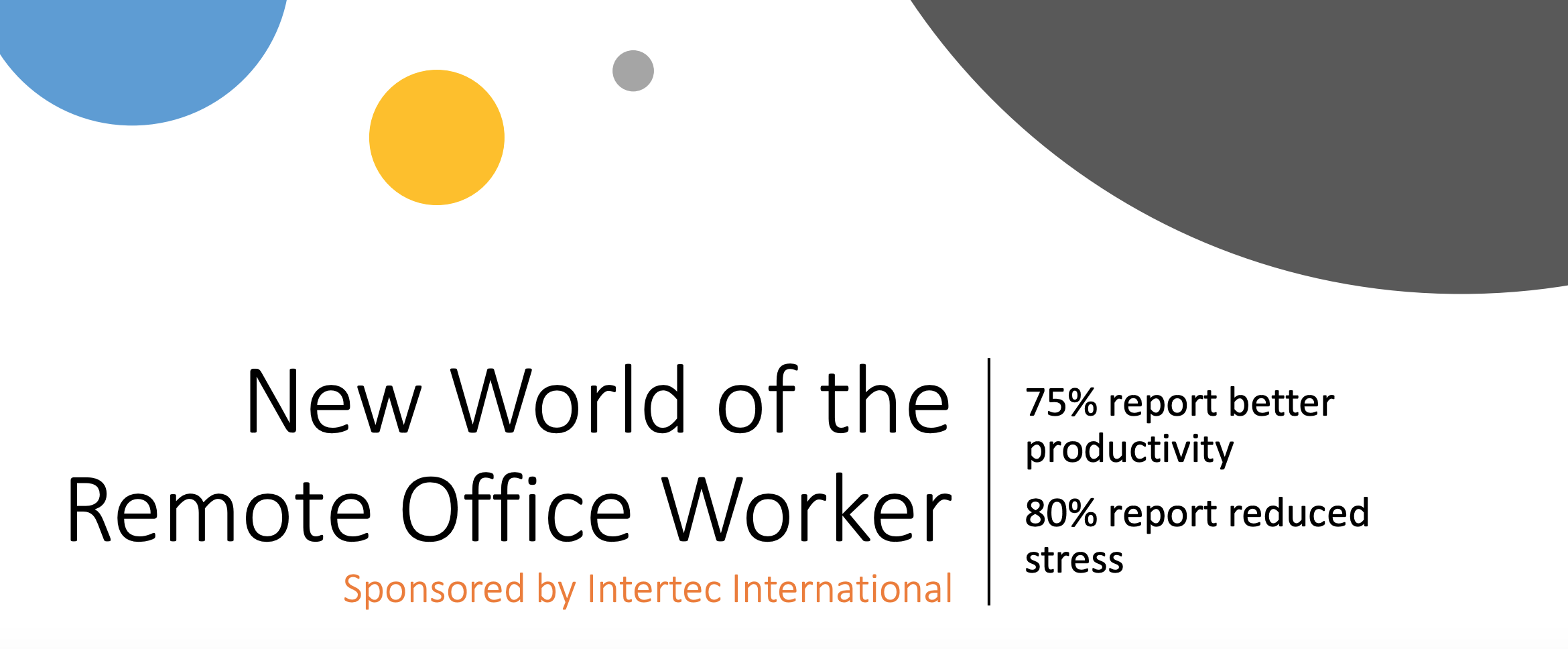It is a truth universally acknowledged that lack of alignment within a team or organization can have a significant impact on the results of a given project. Well, almost universally acknowledged—according to a recent study just 3% of respondents would disagree with the that statement. For the other 97%, the question that hovers over every project is how best to create that alignment such that discrete tasks performed by different developers, writers, IT professionals, etc. can actually be combined into a finished product that serves the needs of internal or external customers.
 Broadly speaking, most modern enterprises seek to answer this question by way of technology, and ticket management and task management tools designed to create visibility and alignment are pretty much ubiquitous in the modern IT stack. But are ticket management systems the best solutions for creating real visibility and cohesion for complex tasks? If not, what other options are there for team leads, project managers, and other stakeholders with an interest in keeping their efforts on track?
Broadly speaking, most modern enterprises seek to answer this question by way of technology, and ticket management and task management tools designed to create visibility and alignment are pretty much ubiquitous in the modern IT stack. But are ticket management systems the best solutions for creating real visibility and cohesion for complex tasks? If not, what other options are there for team leads, project managers, and other stakeholders with an interest in keeping their efforts on track?
What Is Ticket Management?
Spoiler alert: we think that when it comes to complex projects, comprehensive workflow management processes are often more valuable than ticket and task management systems on their own. But to understand the reason for this, we need to talk about what the salient differences are:
Ticket management systems allow teams to create individual tickets or tasks, which are then assigned to particular users to carry out. The canonical use case for this type of system is in customer service and IT support: an end-user encounters an issue while using your product, they go to your site to seek out a resolution, they describe the problem they’re having, and that problem is ultimately assigned to a support person who can help. With systems like Jira, that model is, in a sense, expanded to cover internal users who don’t just need troubleshooting, but need entire new features or products built out. In this use case, things like Agile user stories are turned into tickets that represent individual components that a developer can tackle.
Depending on the system, your tickets might have a handful of different pieces of information:
- Who’s the ticket for?
- What’s the timeline or deadline expectation for the ticket? (This might take the form of story points)
- What category or project is the ticket filed under?
- Does the ticket have any defined dependencies?
- What is the ticket’s current status?
- Who’s responsible for the ticket?
- Who’s the ticket actually assigned to?
As you zoom out from this comparatively granular view, your ticket management system might also give a higher-level ability to track analytics in terms of open vs. closed tickets, average time to close for various ticket types, percentage of closed tickets that have to be reopened, etc. This can be valuable for getting more insights into how efficiently and effectively your team is operating. At the same time, when it comes to large, complex project like refactoring your software for an upcoming cloud migration, or designing a new application from scratch, it might be difficult to get an overview of whether or not the project is on track just based on the tickets. In most systems you can set simple dependencies between tickets, but for a multi-step project that involves a large number of discrete, dependent processes that all interrelate in complex ways, this can quickly get out of hand. Thus, you might find yourself in a position where your entire workflow is at risk of major delay because of a handful of individual open tickets that seem perfectly innocuous. In this way, we can begin to see the limitations of ticketing systems as a way of creating alignment and cohesion for larger projects.
What Is Workflow Management?
In contrast to ticket management systems that might have limitations in terms of giving you a full project overview at a glance, most workflow management systems are designed to do exactly that: create a comprehensive overview of an entire workflow. What counts as a workflow? Well, it might be as large and multifaceted as a full-on cloud migration, or it might be something like a marketing campaign or even an onboarding process for new hires. The point is that it’s a collection of related processes that can be done on a repeatable basis.
Here, your default perspective is at a somewhat higher level of abstraction: you want to see a set of processes, rather than tasks, and immediately visualize the status of each process, i.e. when it’s expected to be completed, whether it’s blocked or not, and what other processes depend on it. You should be able to start with a view of the entire project pipeline—i.e. all of the processes that need to be completed in order to deliver a working piece of software or get a new hire ready to contribute—and then drill down individual processes that stand out as being stuck or off track. From there, you can figure which individual tasks are creating issues and do whatever’s possible to get the process unstuck.
With this mindset—and the tools to back it up—you can finally create the kind of alignment we discussed at the very beginning of the piece. The process pipeline can serve as a source of truth throughout the project team, and it can create cohesion between different tasks in a way that ticketing systems often struggle to do.
How Automation Powers a Hybrid Approach
You might have gotten the sense from the previous paragraph that tickets can—even should—exist quite comfortably from within an workflow-based approach. After all, even after you’ve created a comprehensive view of how different processes flow into one another, those processes are still fundamentally comprised of individual tasks. So how does that actually work in practice?
- First, you need a workflow management system that integrates easily with ticket management systems. This might look like a pipeline-tracking tool that automatically synchronizes Jira tickets with processes within the pipeline, such that users working on individuals tasks can mostly interface with the tools they’re used to, while admins and project managers can get a fuller, more comprehensive view of the project as needed.
- Next, you need a solution that integrates wide-reaching automation capabilities. Ideally, you’d be able to save pipeline templates for repeatable processes like application migrations, then automatically spin up those templates as needed. On top of that, it could be valuable to have automation in place that enables you to automatically trigger new processes when related ones have been completed, e.g. once a hiring pipeline is marked as complete, the onboarding pipeline immediately initializes.
- You’ll also want time-tracking and SLA-tracking built into your workflow management efforts. Frankly, this is where many existing ticket and task management systems run into trouble—because they don't automatically show how long a ticket has been open or how much time is left to complete it without derailing the project, it’s easy for critical tasks to fall through the cracks. This leaves key players without the visibility they need to prioritize the right tasks at the right time and leverage the right resources in the right areas. At the end of the day, successful delivery within a reasonable time-to-market depends on your ability to keep your SLAs front and center throughout the process.
- Finally, it will be worth looking into your analytics options. We mentioned above that some ticket-tracking tools give you the ability to gain an overview of performance across different teams or functional areas—a workflow management system should be able to do the same and more. Specifically, it should give you the ability to track the time efficiency of different resources (e.g. whether one developer tends to spend less time on particular kinds of tasks than another) for future workflow planning.
With these features and practices in place, you can do more than just keep complex project pipelines on track—you can also save time doing it. Considering how much time the average worker spends doing the same repetitive tasks—create a pipeline template, activating new processes, scouring Jira for the ticket that's holding up a particular process—it’s hard to overstate the value of something that saves time in this way. By giving this time back to both project managers and developers who might be used to spending time on administrivia like this, you can then promote more proactive pipeline management. In other words, the easier you can make it to understand how a project is progressing at a high level, the easier it becomes to find the resources to keep the wheels turning and get everyone on the same page going forward. Thus, you get the benefits of a robust ticket management system, without having to deal with any of the alignment and visibility pitfalls that come from using ticket and task management tools in a silo.









